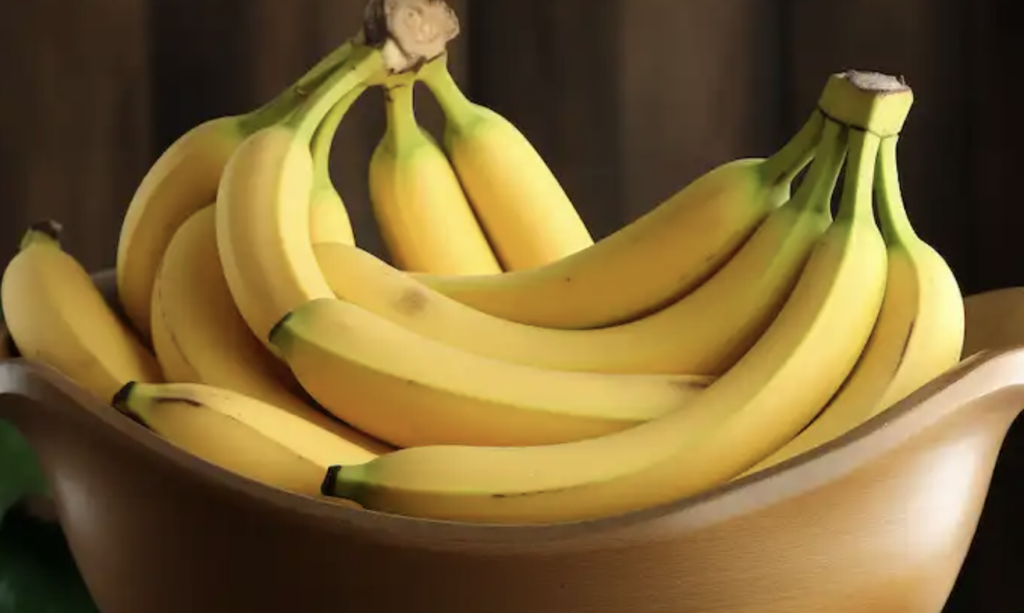Bananas, with their sweet flavor and health benefits such as rich potassium content, are a favorite in many households. While the fruit’s interior is relished, the peels, particularly the rigid ends, often end up in the trash. However, these discarded parts hold a surprising secret that can transform our approach to gardening.
Varieties of Bananas:
Most people are accustomed to the conventional yellow banana, but there are diverse banana types available. Some possess a hint of vanilla due to their ripening process, and others, like the red bananas, lean towards a sweeter side. Despite these differences, all banana peels have an inherent value that is being rediscovered by home gardeners.
The Power of Banana Peel Fertilizers:
The magic lies not just in the peel but specifically in the rigid end. Here’s the process and why it’s gaining attention:
- Drying Process: Videos have circulated online explaining that after peeling the banana, this rigid end should be preserved and allowed to dry. Before placing it under the sun, it’s advisable to slice the stem open, revealing the fibers inside. Once exposed to the sun for several hours, these dried banana fibers become a potent resource for our plants.
- Direct Application: The dried banana fibers, rich in essential nutrients, can be directly integrated into potting soil or sprinkled atop plant beds. They serve as an outstanding natural fertilizer, ensuring that plants receive not just water but also the intrinsic properties from the banana fibers. This dual nourishment makes the plants grow robust and vibrant.
- Eco-friendly Approach: Utilizing all parts of the banana, especially the peels, promotes sustainable and eco-friendly gardening. It’s a practice that reduces waste and offers an organic, economical solution to nurture plants.
By harnessing the potential of banana peels, especially the rigid ends, garden enthusiasts can embark on a journey towards greener and more sustainable gardening. It’s a simple act with profound implications for our plants and the environment.
